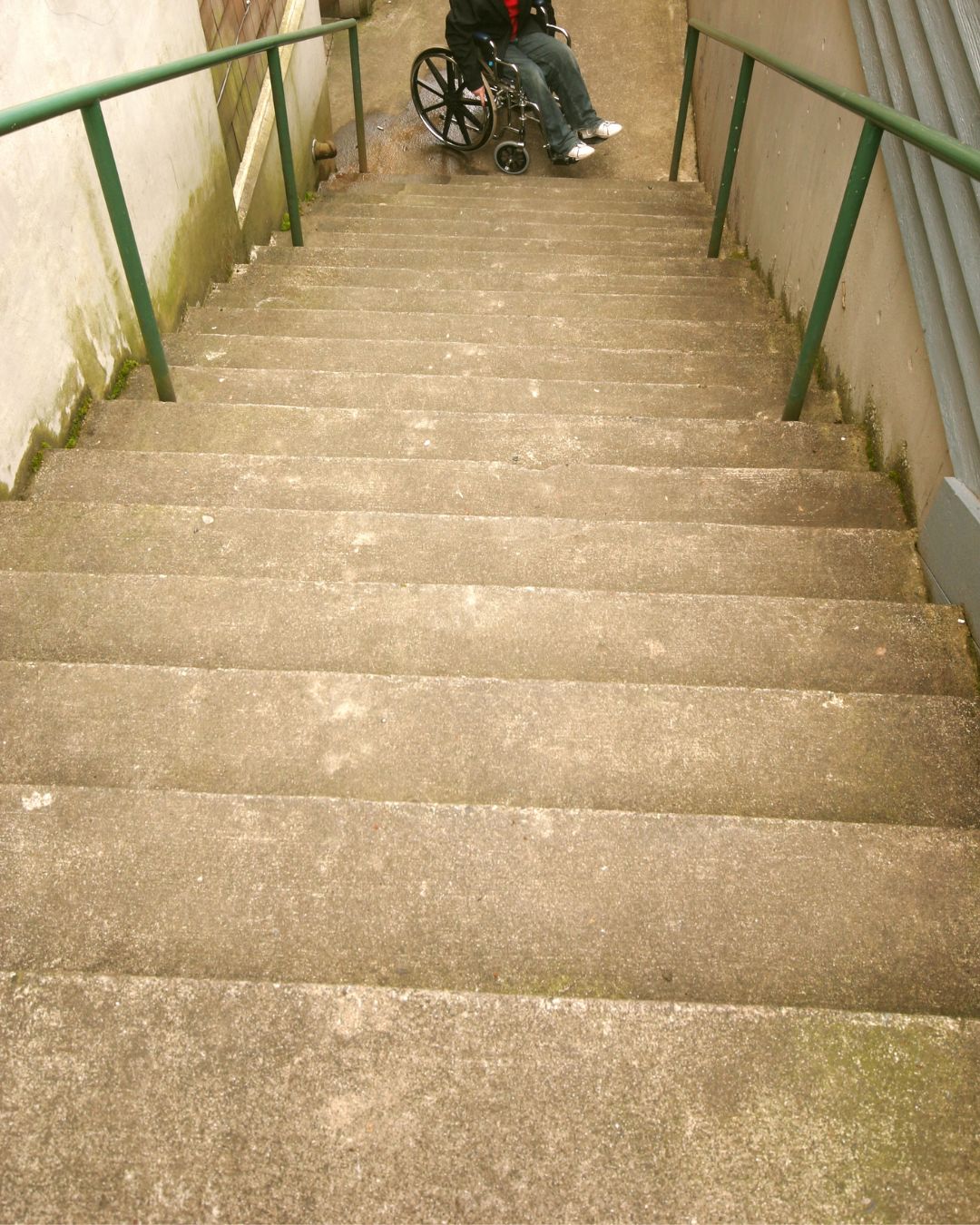As education becomes more digital, conversations about accessibility are more essential than ever — and the opportunities to bring accessibility to all become endless. For over 6 million learners in the U.S. between the ages of three and 21, the learning experience presents challenges that can’t simply be overcome by routine study schedules or regular practice tests. Accessibility in education is about making information readily available and easy to digest for all types of learners.
What is Accessibility in Education?
Approximately 63% of high school and 45% of elementary school students use online tools at school every day, and nearly 52% of college students take at least one online course. Accessible education empowers students with disabilities and English as a second language (ESL) students to develop the same skills and achieve the same level of knowledge as their peers in the same classroom, instead of learning in a separate environment.
Increased accessibility in education allows all types of students to learn and participate in the same classrooms as their classmates, allowing them to reap all the educational, emotional and social benefits that inclusion provides. But accessibility is not just about supporting individual ESL students and students with disabilities. An accessible education is an indicator of quality education for all students, as it leads to wider-ranging courses offered, adapted tests, digitized courses and assessment tools, and differentiated methods of teaching. This contributes to the overall development of all students. Just like the methods of teaching students are constantly changing, the demands of creating accessible education for all students are constantly shifting, too.
Benefits of Increasing Accessibility in Education
Thanks to comprehensive education technologies such as text-to-speech (TTS), there are more ways than ever before for all types of learners to consume educational content, and the benefits of this diversified education are endless. No matter the background or ability of a student, incorporating TTS technologies enables improved inclusion, which may lead to an increase in retention and even better grades. Allowing students to reap the benefits of TTS can further help them gain independence as they can review their written work and notes at their own convenience.
Creating an environment for all students to succeed by implementing comprehensive education tools, like TTS, also increases inclusion between all types of students, no matter their skill set, promoting a positive overall attitude towards education. Without the implementation of these tools, administrators and educators need to invest extra time and resources into providing accommodations, like giving students more time to take assessments. Assessment tools like TTS also benefit the educators, offering the chance to determine a student’s individual parameters, and offering a greater system and speed in terms of testing. In turn, if assessments are not properly made for all learners, the promise of inclusion is a fantasy.
With a focus on accessibility, assessment accommodations are key to giving all learners an equal opportunity to exhibit the knowledge and skills they have acquired.
Ways to Increase Accessibility in Education
In a classroom, there are a variety of mechanisms educators can implement to provide every student with the best, most effective educational environment possible. Educators can leverage TTS and other technologies to accommodate diverse learning styles and evaluate accessibility for the entire school to use universally. Some of the most common learning obstacles are disabilities, language barriers, visual impairments and literacy challenges. For these students—and all students more broadly— TTS makes learning from books easier, since it reads text out loud while students follow along and read the pages.
By implementing the right software, schools can easily meet all the requirements outlined in the Americans with Disabilities Act (ADA), while maintaining greater control over their budgets.
Offering more accessible education materials is key to supporting accessibility in education and can enhance Universal Design for Learning (UDL) strategies.
In today’s world, students stay connected through mobile devices and for some, the data plan is their only internet connection away from school. Incorporating quality TTS voices and user interface, along with a mobile-friendly product, students can get the most out of the content posted in a learning management system (LMS) simply by clicking the TTS button. By using accessible technology and adaptable lesson plans, schools can help students embrace their unique learning styles instead of taking a linear approach to education.
A Step In the Right Direction
Historically, students who have a disability or speak a different first language have struggled with receiving an education. Today, accessibility in education is more than simply being a solution for students with disabilities or who speak a different language. TTS can increase accessibility even more by offering a truly unique experience, adding an auditory method of learning to make the school a place for all students. Adapting practices to increase accessibility levels the playing field for all types of students and provides the resources for them to reach their full potential.
About the author
Amy Foxwell is Global Marketing Director at ReadSpeaker, a provider of AI-powered text-to-speech solutions with 20 years in the market,







